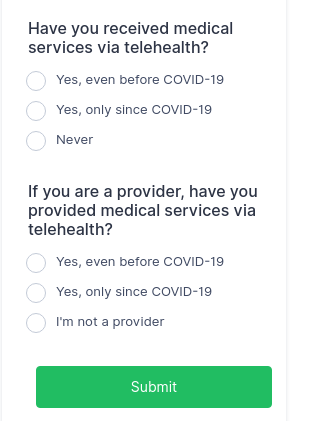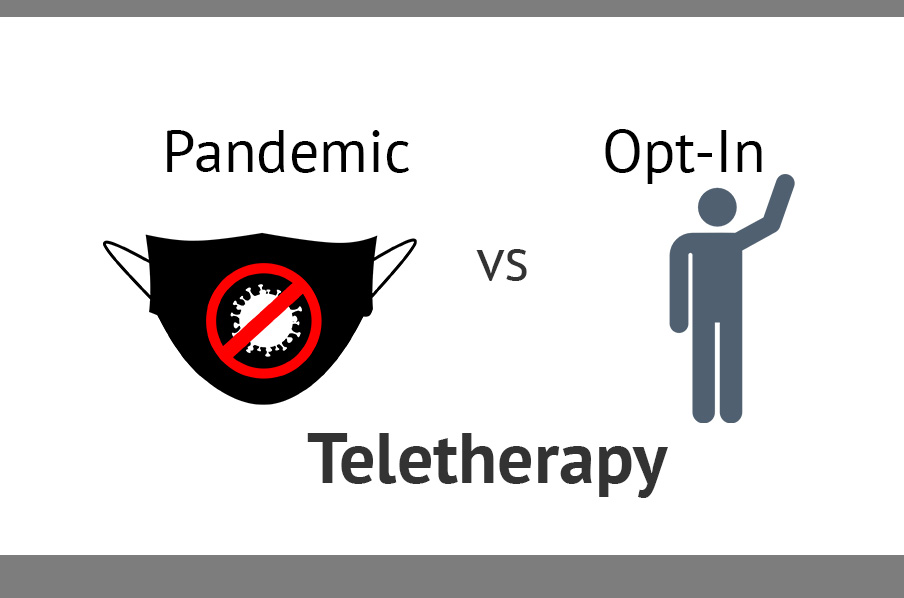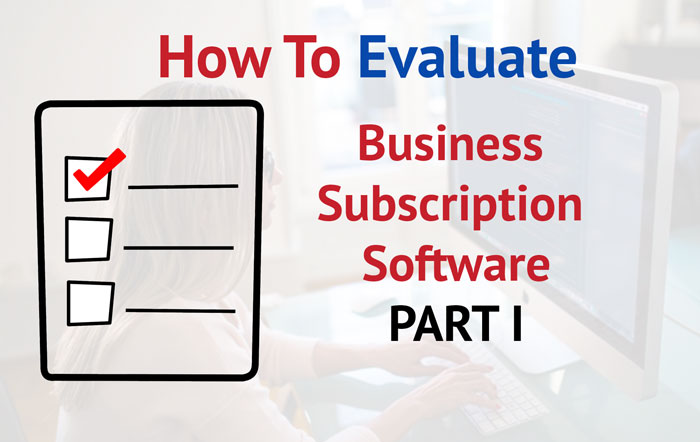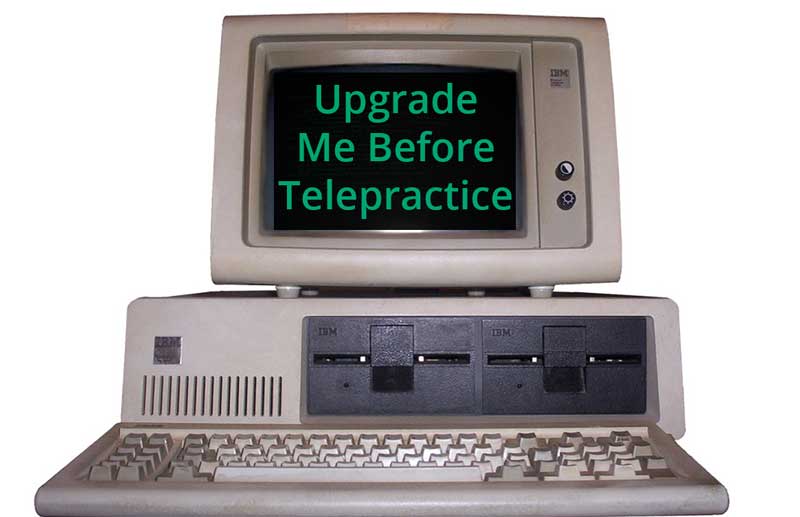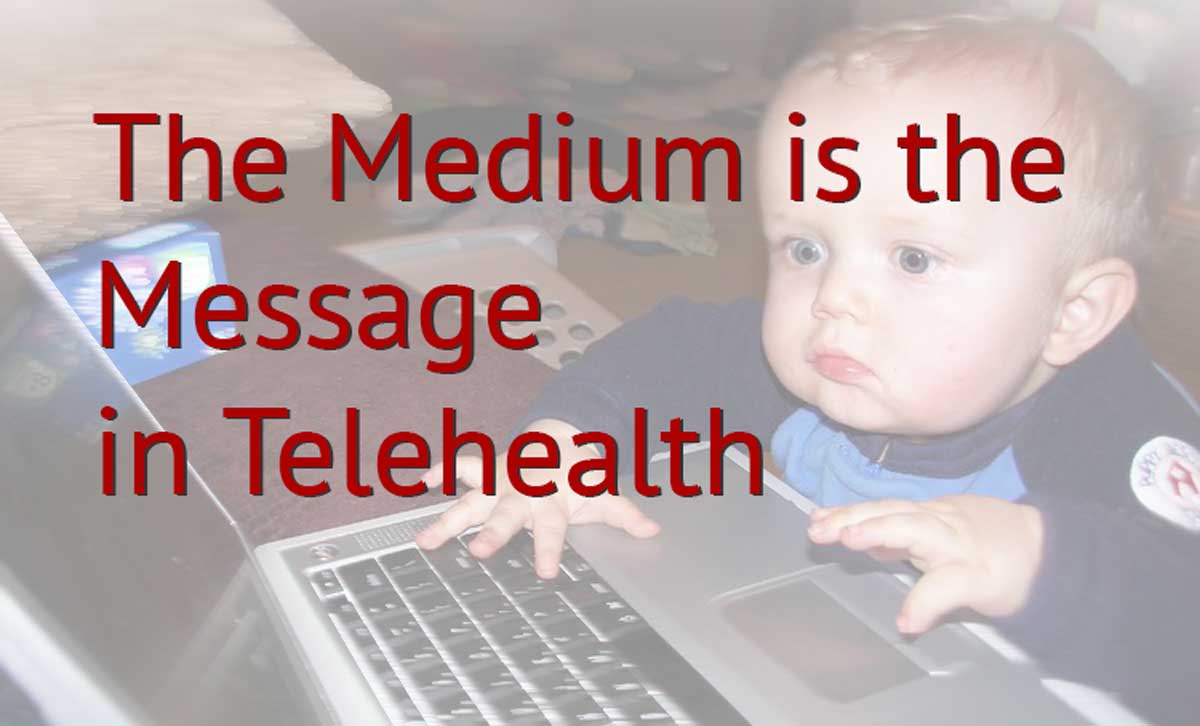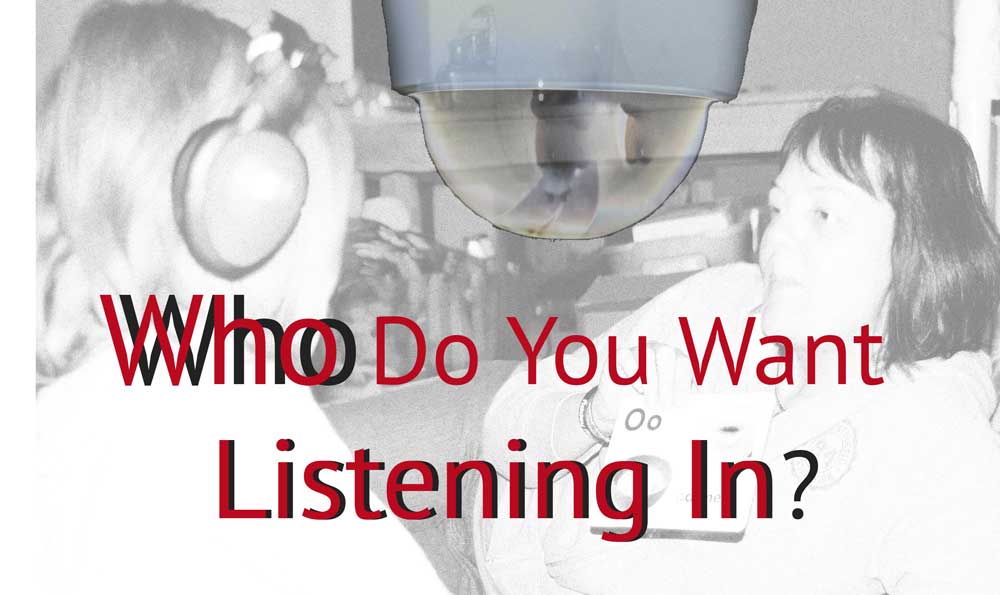After Years of Using Zoom for Teletherapy |
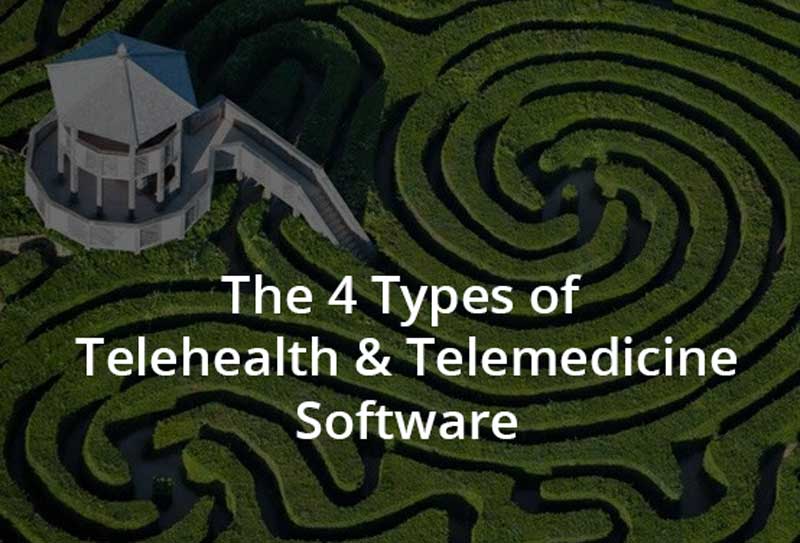
Choosing telehealth software that fits the services your company provides is critical. As the industry grows, sifting through the increasing maze of options can be dizzying. Software review sites usually group all telehealth or telemedicine platforms together, making it even more confusing.
When considering telemedicine software, we often think of the actual video, but what differentiates the types revolves around, 1) The tools and features available to the provider, 2) How clients (patients) actually arrive at an online session (e.g. random people who need to see a doctor or therapy clients that are invited).
1. Facility Based Telemedicine Software
This type of software (and hardware) connects medical providers from facility to facility, and is the oldest version of "Telemedicine". The focus of these types of solutions is the ability to bring in the expertise of a doctor or other provider who is physically at another hospital, clinic, or sometimes their home. An example of a product in this category with be American Well's Telemedicine Tablets. Also, software allowing radiologists and other specialist to work remotely, but not directly interacting with patients, would fit in this category.
2. Doctor (MD) Focused Telemedicine Software
When you get sick, you go to your doctor for them to perform a diagnoses. They often will write a prescription or order tests. Doctor (MD) focused telemedicine software includes features which help doctors do those things. eVisit and Doxy.me are examples of this type of software. These platforms also include features like patient queues and virtual waiting rooms to help doctors see patients back-to-back. Usually, this type of software is used for patients who have no pre-existing relationship with the doctor and were referred to the telemedicine service from their insurance company, employer, or Google. If you are seeing clients for recurring therapy or other types of visits, these types of platforms would not be a good option.
3. Mental Health Focused Teletherapy Software
The mental health industry has several platforms focused solely on them. During a session counselors essentially talk and write notes. Thus, most of these platforms do not include interactive features like white boards. They are more likely to include features typically seen in EHR and Medical Billing software because they are geared toward individual counselors, social workers, and physiologists who might be looking for an all-in-one type of system. That said, typically their EHR and billing features tend to be stripped-down or poor versions of what one would find in traditional EMR-Billing packages. This can be problematic if you are looking for true medical insurance billing automation (electronic submission, remittance, secondary claims, etc.). An example is TheraLink
4. Business Meeting Software Re-purposed for Telehealth
Some online business meeting platforms, such as GoToMeeting, Zoom, and Webx, are selling their software as telehealth solutions. These companies are well known in the general public and therefore have had success selling to providers based on brand recognition. Typically, they do not have features that are specifically designed for telehealth. Some are working toward developing features specifically beneficial in telemedicine, but essentially the core software is exactly the same as what businesses use to conduct meetings.
Where Blink Session Fits In
Blink Session would fit best in the mental health category but includes more features to help providers interact with their clients within a session. The, what I call, "dashboard features", such as scheduling, appointment reminders, notes, and uploads are all in Blink Session. What sets us apart is our focus on helping providers actually DO therapy Online. When developing Blink Session, we discovered that the tools of each medical and education specialty are different. An SLP, counselor, and physician use completely different tools to provide care. Thus, our goal was to empower providers with easy-to-use features, such as our Board Builder, which enable them to customize the online therapy experience to fit what they think is best.
Don't Forget Quality & Ease-of-Use
Understanding the type of telehealth software you are evaluating is important, but its equally important to asses quality and ease-of-use. Look for features that fit your needs but also their quality and ease-of-use. Features that are hard to figure out or half-baked won't be of much help.
Telehealth Quick Poll
